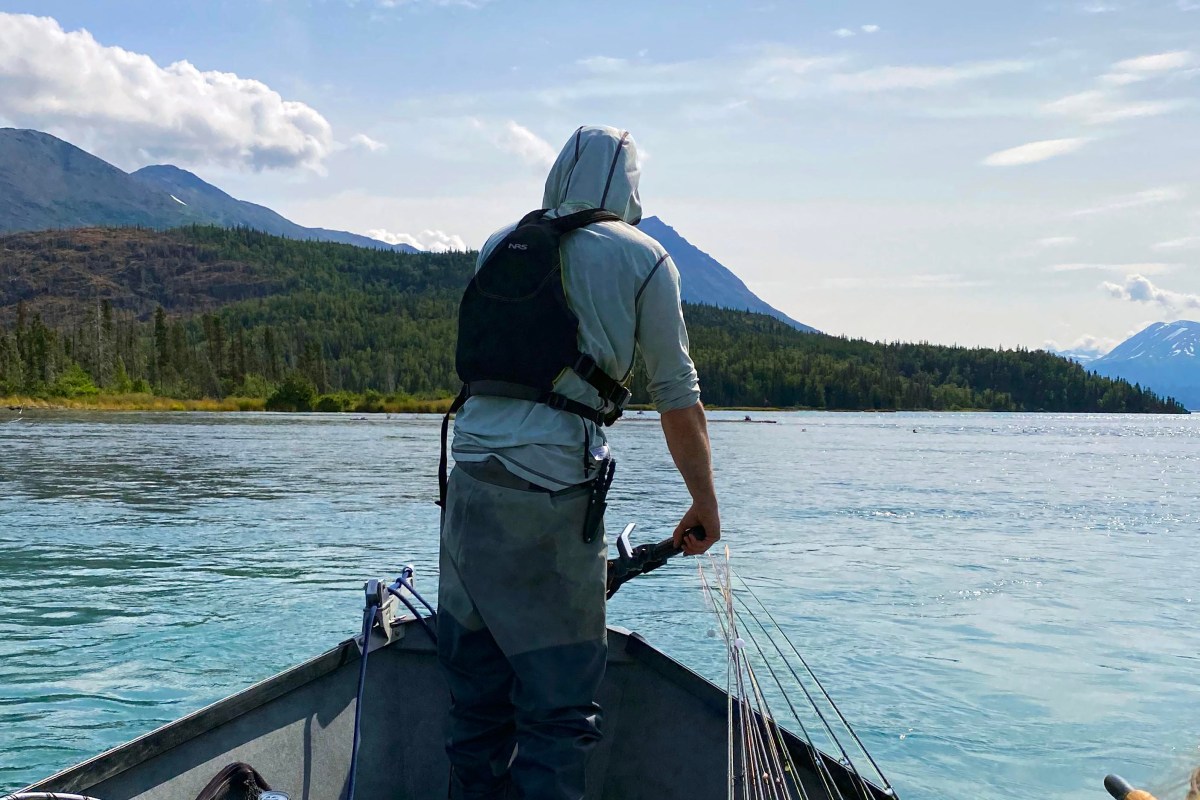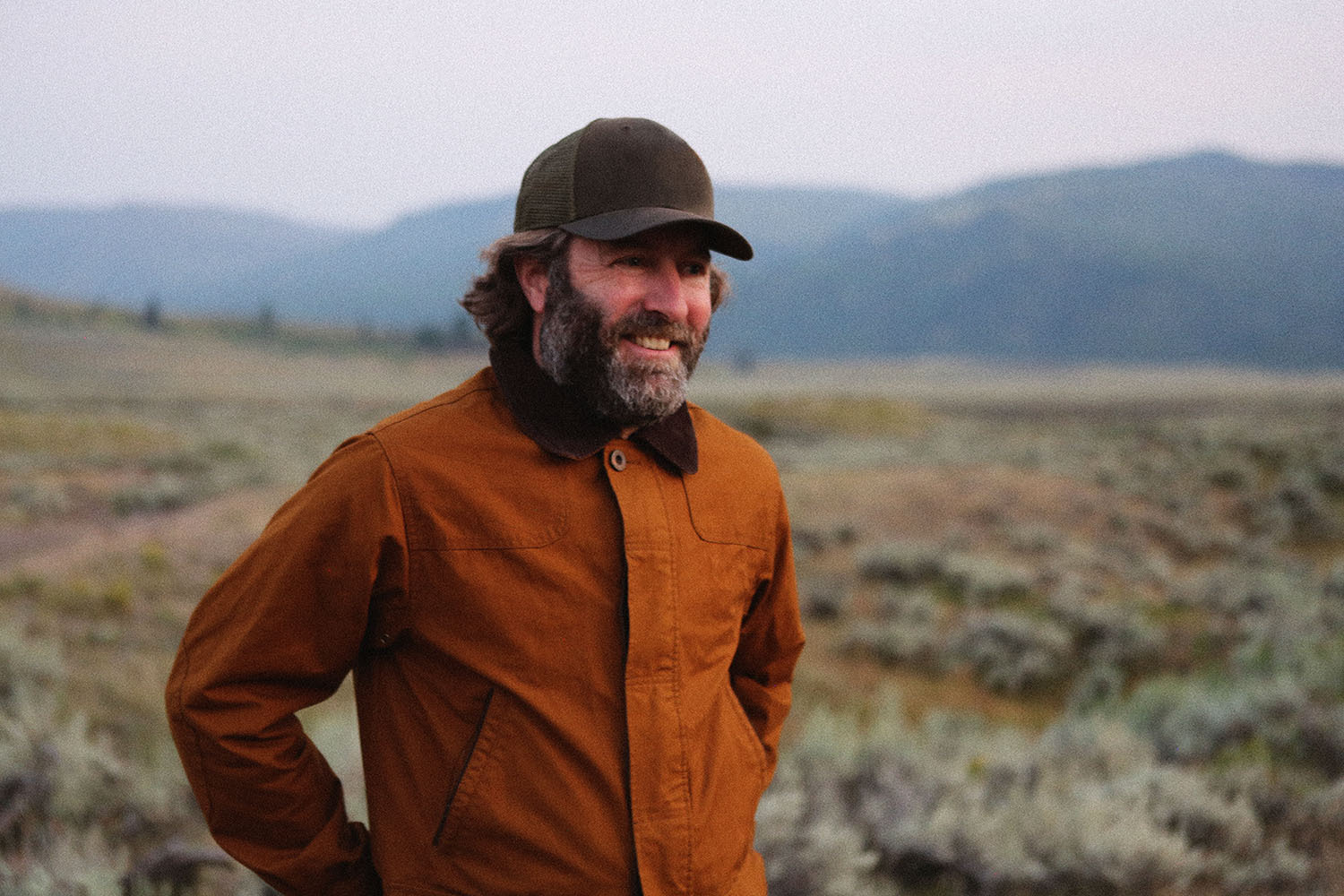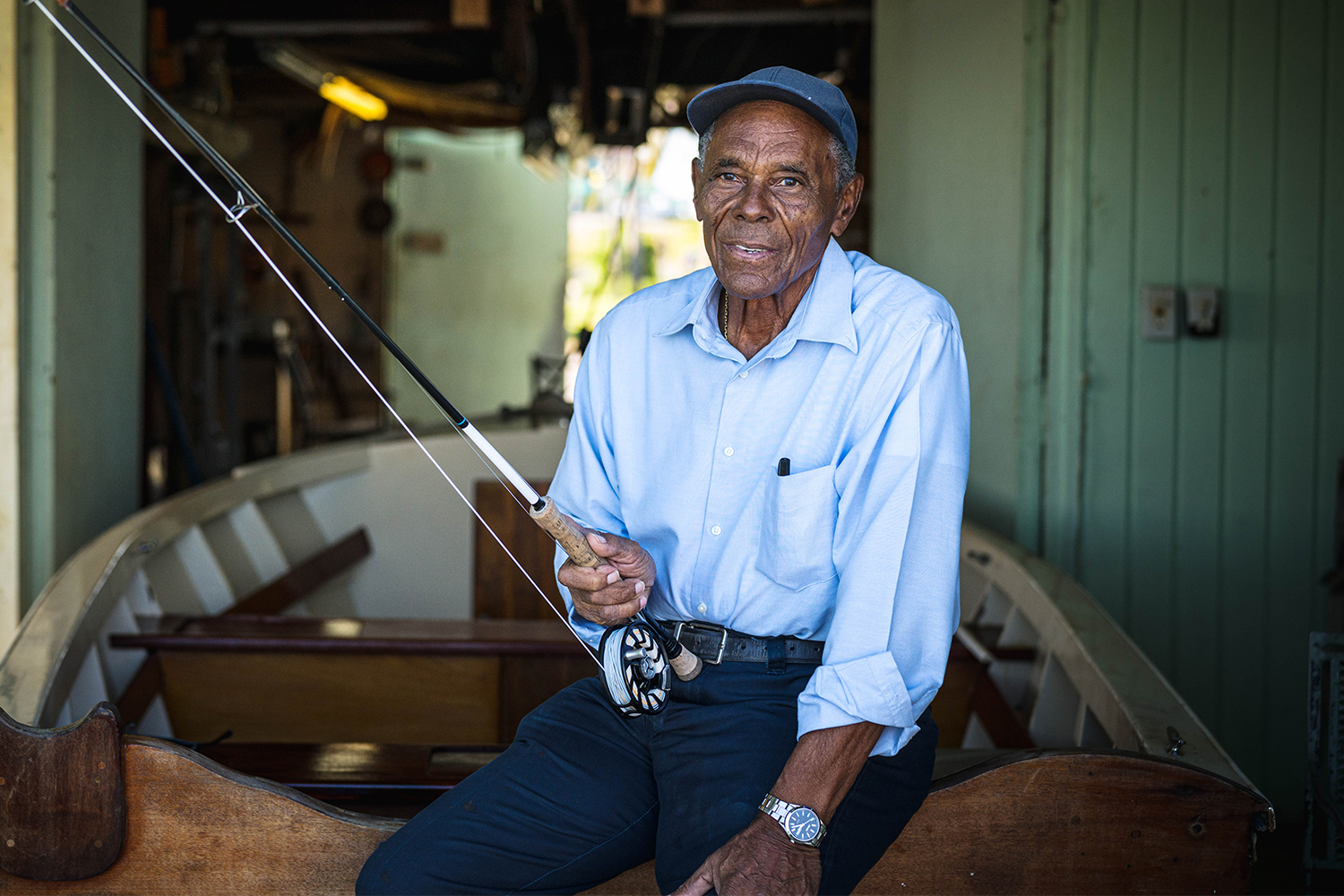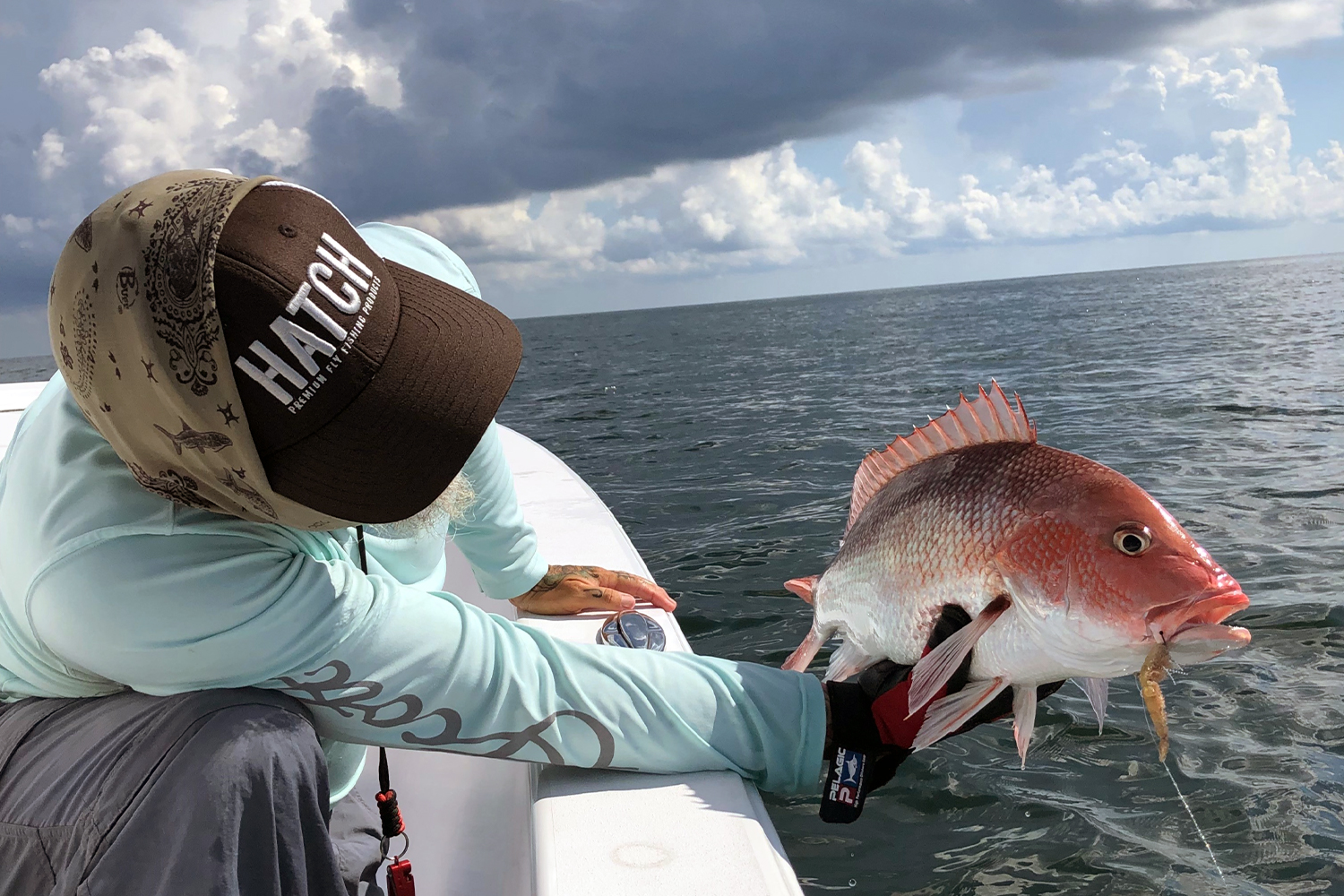You might expect that an earthquake measuring 8.2 on the Richter scale could put a damper on your fishing. But apparently not if it is Alaska, and the salmon are running.
Late on July 28, 2021, I awoke in my cabin at the Kenai Riverside Lodge to the swaying of the wooden house frame and the clank-clank-clank of hangers in the closet. All pretty restful until two minutes later, when the cell phone screeched out a code-red warning for tsunamis. The mind turns to the question, “How far inland are we, anyway?”
Turns out this 8.2-scale Alaska quake was the seventh largest earthquake in U.S. history, and the largest in North America since 1964. It was shallow however, with little harm done.
At first, the Lodge staff rushed to pull out rowboats that could float us all to safety if the tsunami waters came. But I rolled back to sleep. And by 2 a.m. that same morning, four tough-as-nails grey-haired ladies who had returned to the camp each year for 20 years had rustled up their guide, filled their thermos and were heading out again to claim their spot on the river for the day ahead.
If you haven’t been to Alaska and the Kenai, just dream of your perfect wilderness and add five percent. There is something about the out of doors here that is just bigger …. like the New York City of nature.
We had flown into Anchorage, nonstop on Delta from JFK. A surprisingly easy seven hours or so. Anchorage itself feels in a bit of a funk from an oil boom that has ended. But Highway 1 leads south out of town, down the Kenai Peninsula and along the Turnagain Arm, the bay-like waters that Captain James Cook thought could lead to the Northwest Passage until he hit a dead end and was forced to … turn again.
The smooth two-lane Highway 1 led us down to the Seward Highway and the coastal town of Seward. Seward is “mile 0” on the railroad builder’s path as they unloaded their equipment waterside and began their conquest of the interior. Today, it’s a sunny town of coffeehouses, art galleries and public parks just a two-and-a-half hour drive from Anchorage all in. A beautiful place, chronically short of help in COVID summer and with its own seaquarium. From there, we drove back up the Seward Highway, through suburban Moose Pass (a seemingly idyllic one-room-schoolhouse-type town), back to Highway 1 and west to the Kenai River. Old handbills pasted to the walls of a general store proclaimed, “I came to Alaska for the men but stayed for the halibut,” and “The odds were good. But the goods were odd!”
The Kenai Riverside Lodge, in the Chugach National Forest, is nestled off the side of the road, directly on the Kenai River. It would have been less than a three-hour drive from Anchorage had we skipped the Seward side trip.
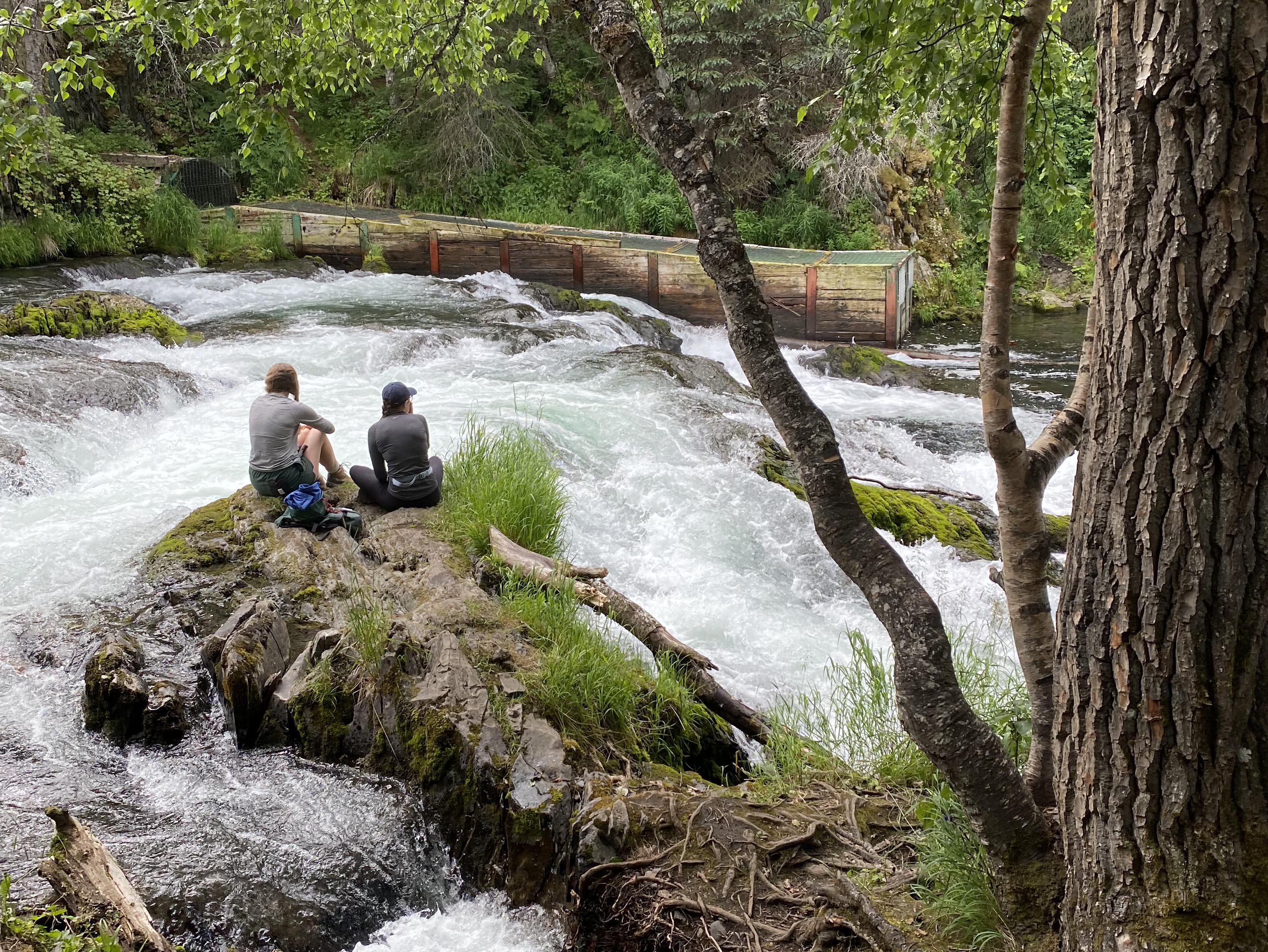
The camp was laid out as a series of comfortable two-bed cabins, each named after a type of salmon, across from a central log lodge that serves first-rate food and wines.
The main salmon runs, it seems, come in June and then in late July/early August, as we were there. The most serious fish catchers were on the river by 5 a.m or earlier to stake out a bankside on the lower part of the Kenai where the fish run thickest. (The grey haired ladies, of course, beat them all.)
We took a different option, leaving at a luxurious 7 a.m. to fish the less populous upper part of the river, where salmon were sparser, but where we could go for both trout and salmon, and float along more beautiful, untouched waters.
Our guide rowed a white, two-oared drift boat, as if straight from a Winslow Homer painting, traveling with the current. There were no people to be seen, but there was a brown bear just 50 yards or so across the water, surrounded by seagulls and enjoying a feast of salmon in his own personal eddy. Bald eagle were numerous, the younger ones still brown. Golden eagles reportedly pursued dall sheep in the mountains beyond.
First, we cast for trout, with some success. Then our guide spotted salmon at the confluence of two branches of the river, and we stopped and waded in.
Salmon are born in these fresh waters, but go out to salt waters for the greatest part of their lives. As they turn about age five and are nearing their end, nature and instinct compel them to return to the same freshwaters of their births, and they travel up the rivers against the current to spawn, and then die. The freshwater itself is a poison to them, and the sockeye who run in July begin as brilliant healthy silver and then turn to red as they waste toward their end.
Salmon fishing is very different than trout fishing.
With trout, you try to lay the fly for the fish to eat by choice, as a tasty breakfast. Salmon, in contrast, are essentially hooked as the line passes them by.
A salmon cast throws the line out, let’s it float slow, and then jerks hard for five or six feet, perpendicular across the current, to set a hook. When the bobber sinks, it is key to get tension on the line immediately and keep the rod pointing low, to stop the salmon from slipping off. I caught one, and hooked but lost four or five, as I sought the right speed and feel.
We moved on to other spots, and near the end of our time, came to a pool of two or three salmon near a fallen log. I had time for just five casts before the day was done, and — as luck would have it — got a bite on the very last cast.
This fish was a real fighter, but I had learned better to position the rod and keep tension. Our guide Steve worked the net as the salmon was brought nearer. The salmon fought left, right, sought to cross below the guide’s legs. But finally, there it was, gloriously silver and healthy as if it had just arrived from the salt water, and more than two hands wide.
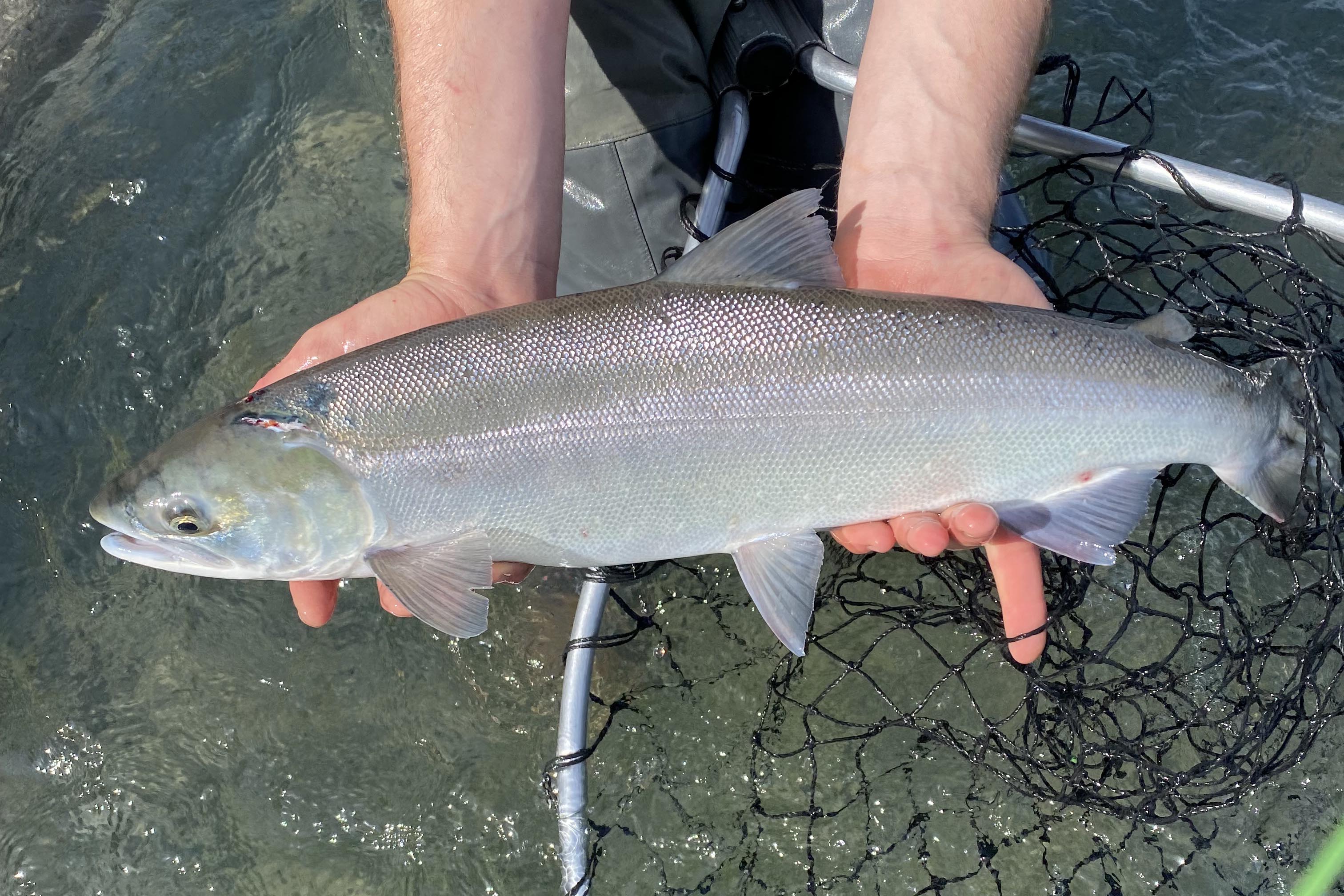
This salmon, like all his running brethren, was set to die soon. But I have always had empathy for the desire to achieve a goal (or, for that matter, to spawn), and I didn’t have the heart to keep him. We released him to finish his long journey to the heavenly salmon singles bar he had long sought, and I hope he made it.
The fishing day ended as we drifted down and into Skilak Lake, as pristine and beautiful as Teddy Roosevelt might have found it. The Kenai Riverside Lodge has some wilderness cabins hidden along the south bank, but we headed past bird-sanctuary rock islands to the other side, and to our pickup landing. After fileting our catch back at the lodge, we ended up sending 17 pounds of salmon meat home for just a few hours effort. Other, more determined guests sent home many times that.
Next day, we got a different perspective on the run, hiking the easy nearby trail to the Russian Lakes. At the end of that trail is the last major waterfall the salmon climb. We watched from above as fish battled and jumped up through the white roar of foam against them.
We then went “off piste,” picking our way carefully down right to the edge of the rushing water at the lower part of the falls. Later, on the way back, we took two unmarked detours off the trail.
One took us up to a spot where we could view across the lakes to the Skilak glacier.
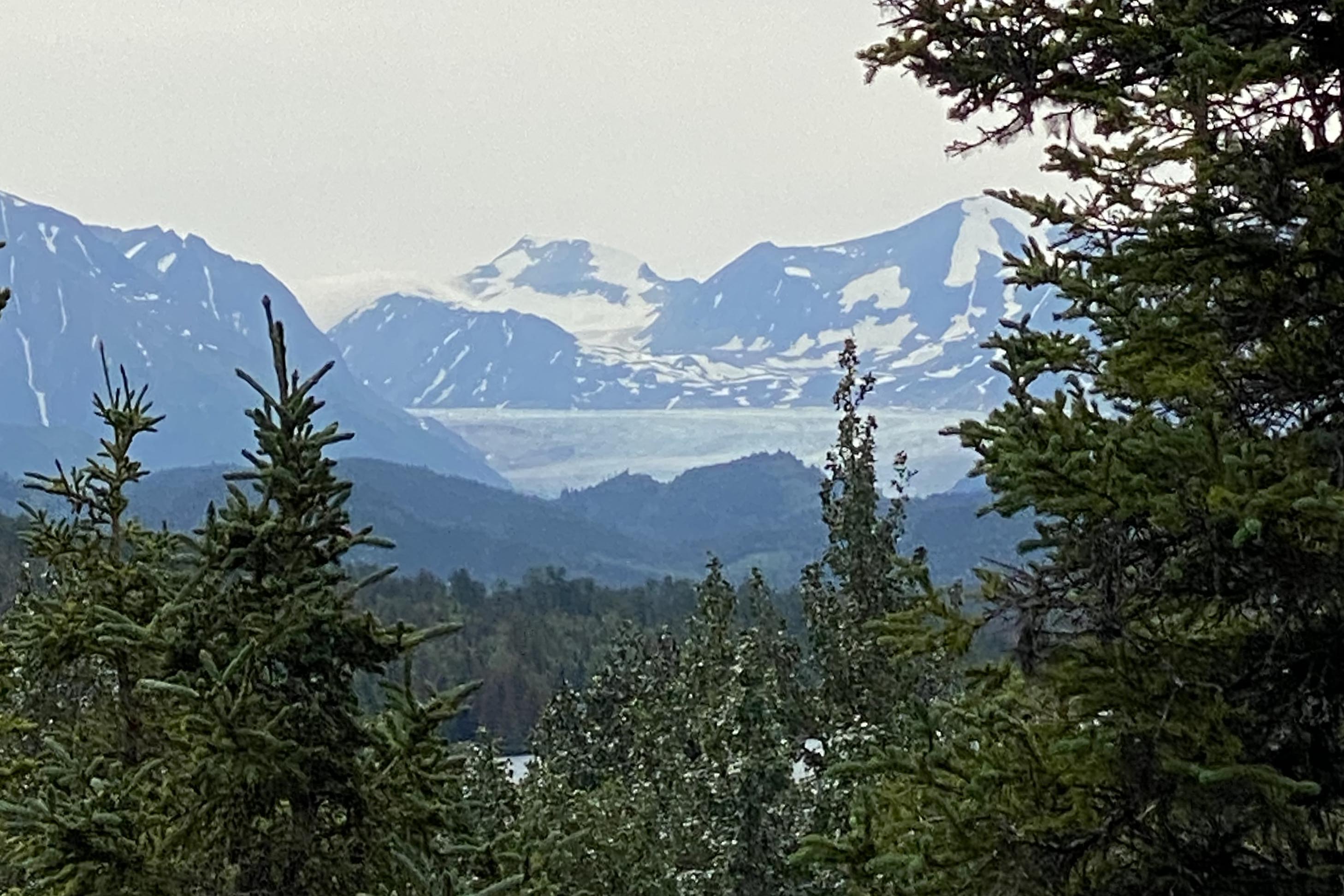
Another, at the top of the falls, led us to the weir where the fish are ultimately counted by Tom and Tom, the two elderly park rangers who live all alone in a summer cabin at the top. One of the Toms came down from his lonely perch to chat with us.
There is a fence across the still pond-like weir, with salmon literally banging nose-first to get across to their final goal. At the far end of the fence is an opening where the fish can pass, and be counted one by one. Tom advised us that 45,000 salmon had made it through in the June run, and 14,000 so far in July. A good and healthy haul. The salmon, having passed the fence and with nowhere left to go, lined up stark-still and nose to tail, like ships parked in a harbor.
Is that all there is, I thought? You fight past bears, fishermen, waterfalls, eagles and travel writers from InsideHook to reach … still waters with Tom and Tom?
But so it goes, and thousands more salmon to live, love, fight and die tomorrow.
As the earthquake comes.
This article appeared in an InsideHook newsletter. Sign up for free to get more on travel, wellness, style, drinking, and culture.
